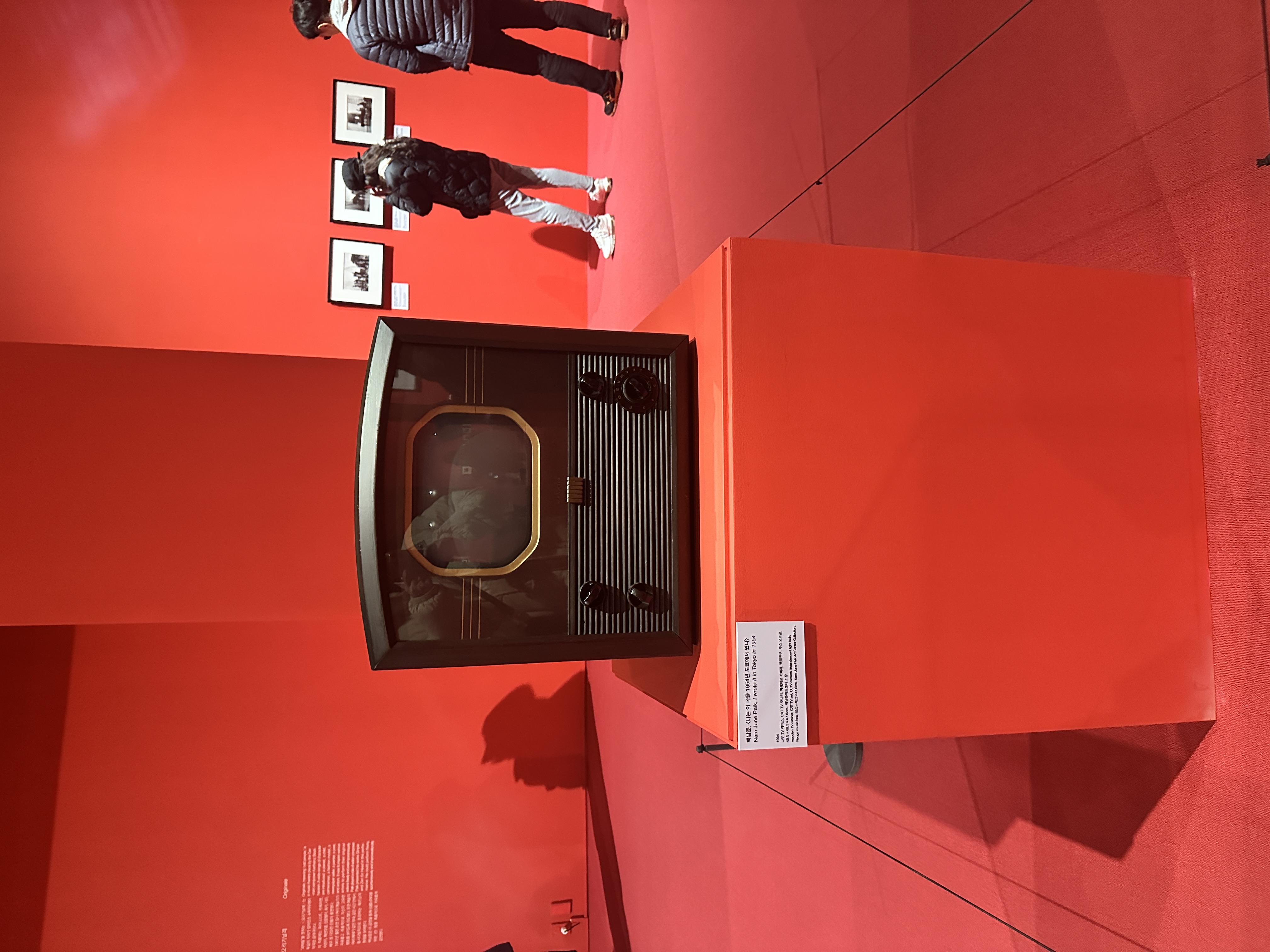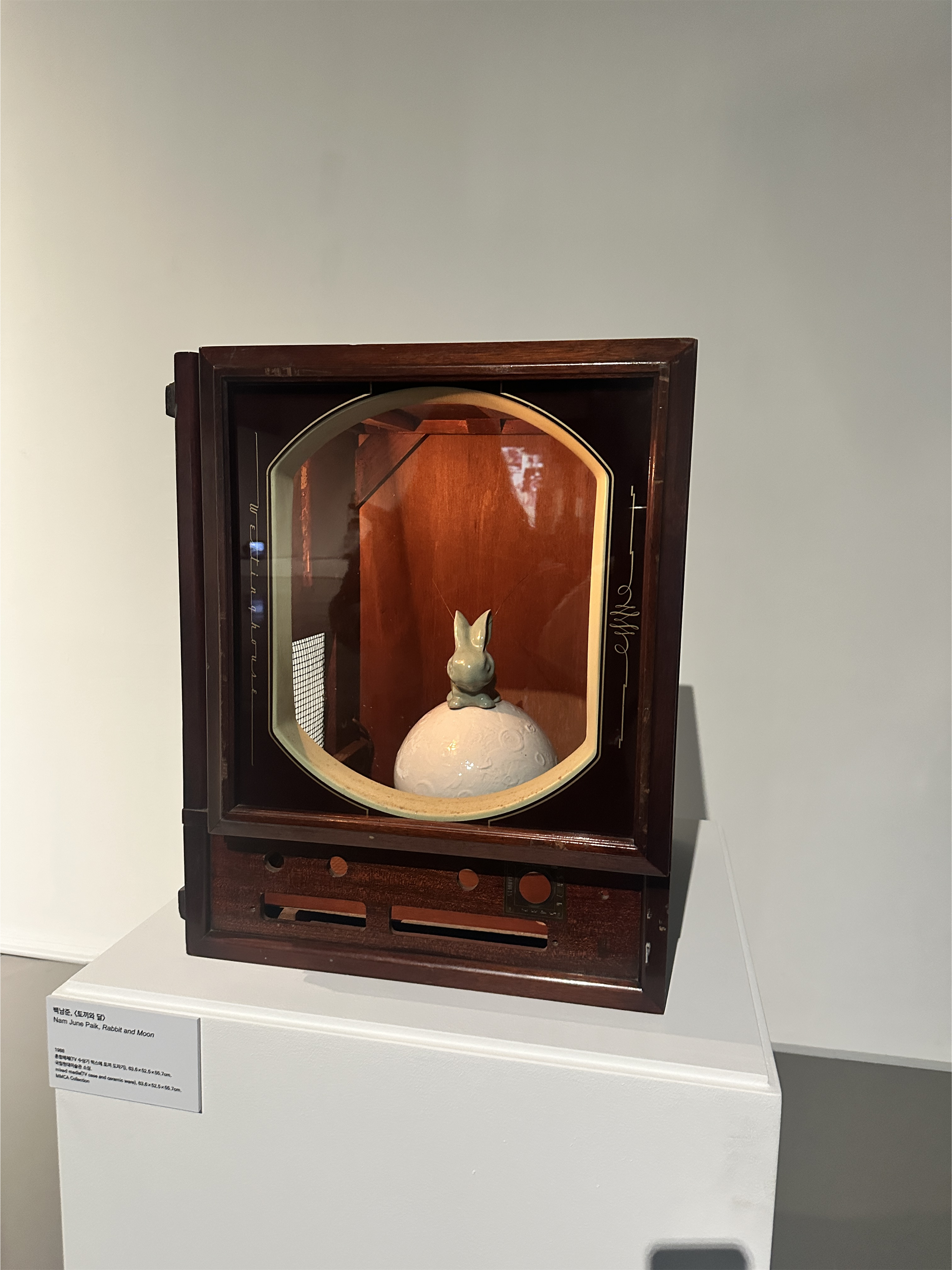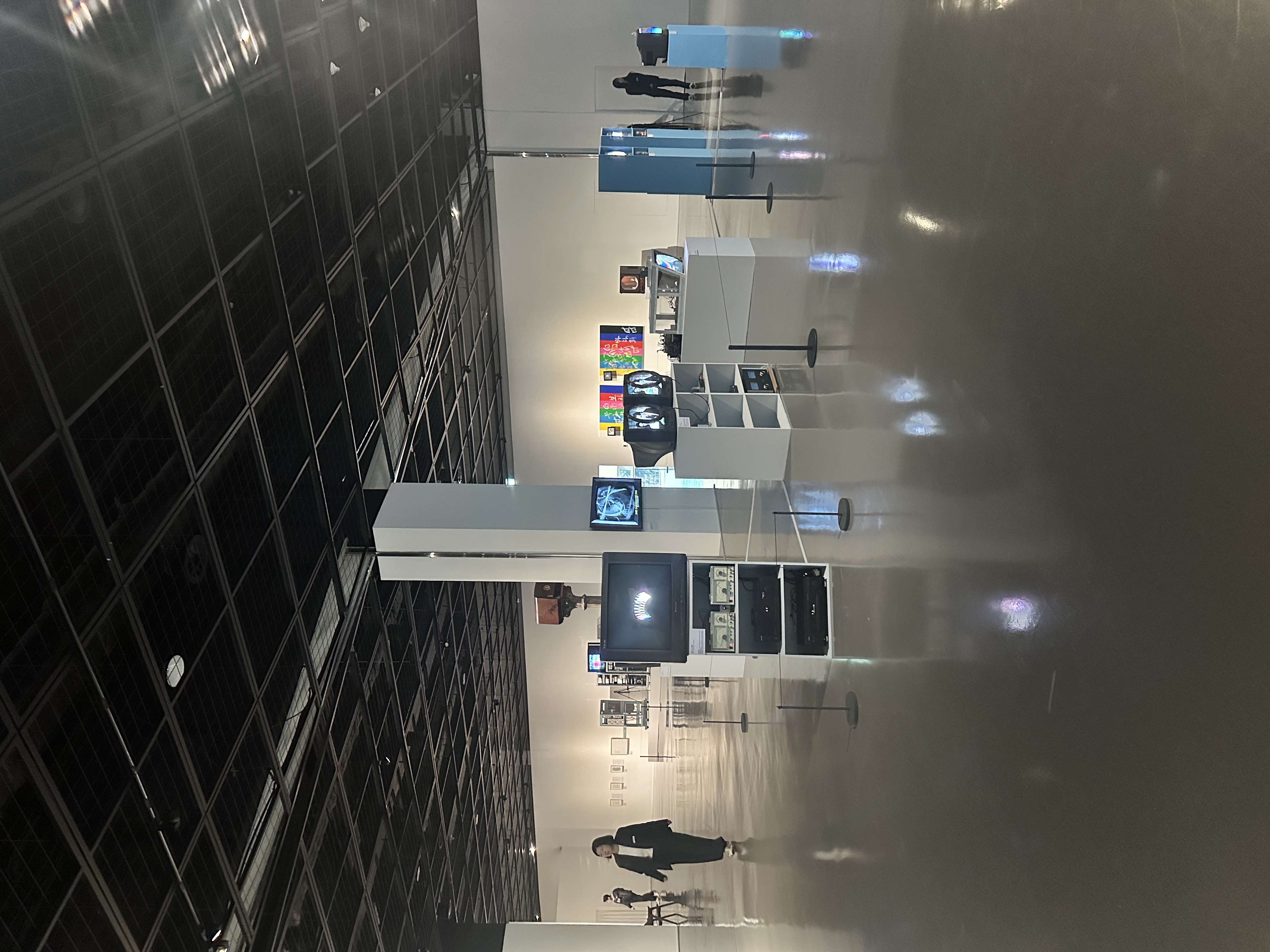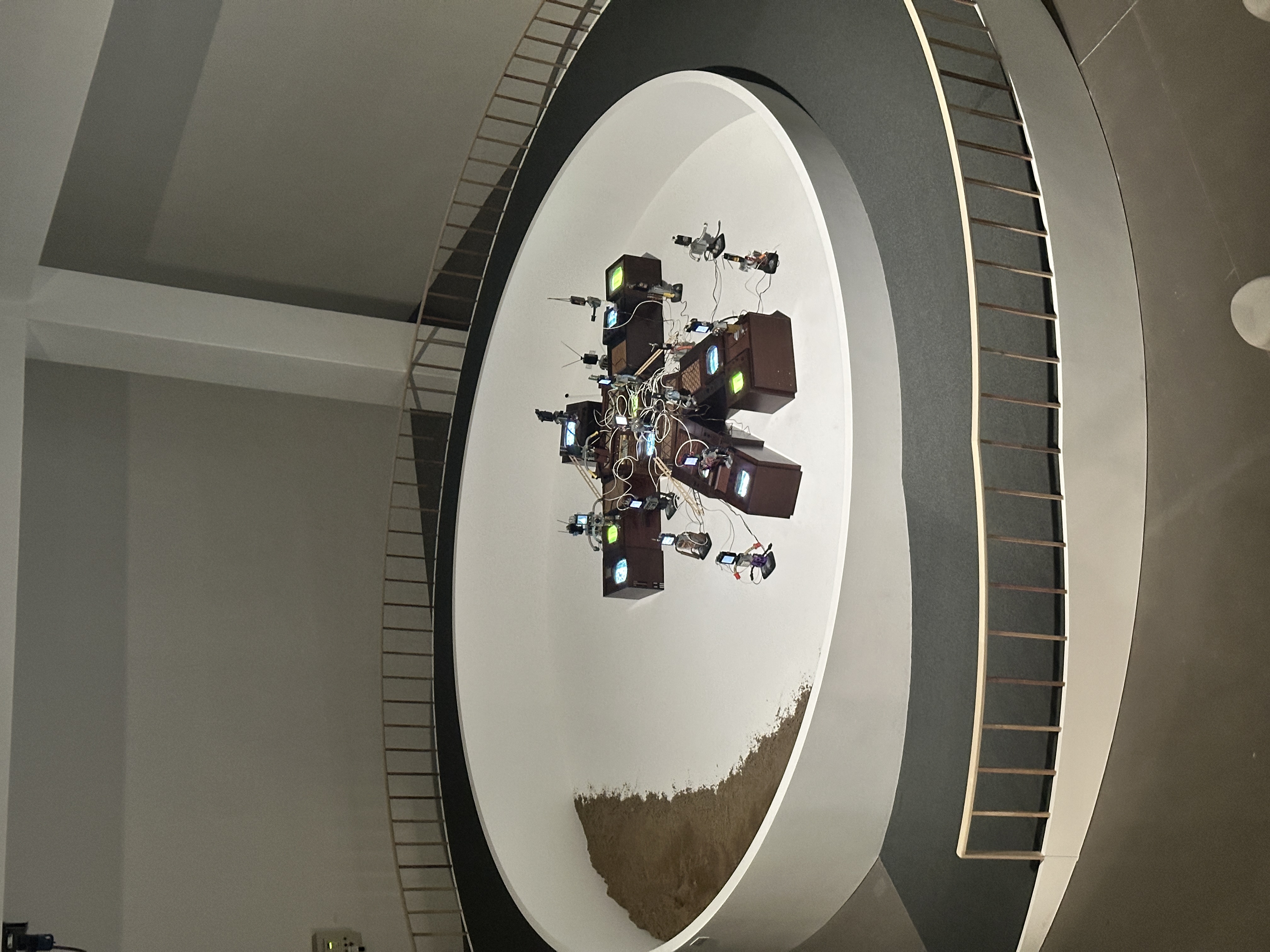Nam June Paik : Showcasing Art Though Technonolgy and Media
“Nam June Paik, Nam June Paik, and Nam June Paik” is an exhibition showcasing key productions of Korean artist, Nam June Paik, from the 1960s all the way to the early 2000s, and it is co-hosted by Nam June Paik Art Center and the Busan Museum of Contemporary Art. Some of his famous artworks include the TV Buddha (1974), Participation TV (1998), and the Radio Man (1997).

Nam June Paik, a Korean artist born in 1932, is best known for creating massive sculptural installations mainly by utilizing television monitors and a pioneer in performance and technology-based artwork. He was also known as the “Father of Video Art”, due to the fact that many of his art pieces included video sculptures, installations, performances, videotapes and television productions.

Busan Museum of Contemporary Art : Enjoying Art in the Bustling City
Established in June 2018, the Busan Museum of Contemporary Art is located at Eulsukdo Island, and the exterior of the Busan-based public art museum was designed to blend with the vibe of the island, which focuses on contemporary art known for its diversity of birds and lovely reeds. Residents in Busan can enjoy most of the exhibitions for free, with some special exhibitions that require an admission fee. Since its opening in 2018, the Busan Museum of Contemporary Art, also known as Busan MoCA, has hosted many insightful exhibitions, collections of contemporary art pieces, and academic conferences. Visitors can enjoy a large collection of contemporary art in different genres from the first basement level to the second floor.

I had the opportunity to visit the museum last month, where the exhibition, “Nam June Paik, Nam June Paik, and Nam June Paik”, was available to visitors to enjoy. As Paik believed in technology's ability to foster connections between people, nations and across cultures, he was well-known for utilizing television monitors, technology, and media when creating massive sculptural installations. It was a unique experience as it was my first time seeing television monitors being used for sculptural installations in a museum.

The exhibition is available for all visitors to enjoy from November 30, 2024 to March 16, 2025 for free, and an audio guide is also available through an app. Such exhibitions in public art museums are a great way to bring art closer to the public, as visitors can enjoy art close to home. Many families and couples were also enjoying the artwork during my visit to the museum on Christmas eve. Despite not being a regular patron of museums, I had a pleasant visit to the Busan MoCA with my friend, where I had the opportunity to learn a bit more about Korean art, and even a bit about Korean history along the way.
How about this article?
- Like2
- Support0
- Amazing0
- Sad0
- Curious0
- Insightful0


